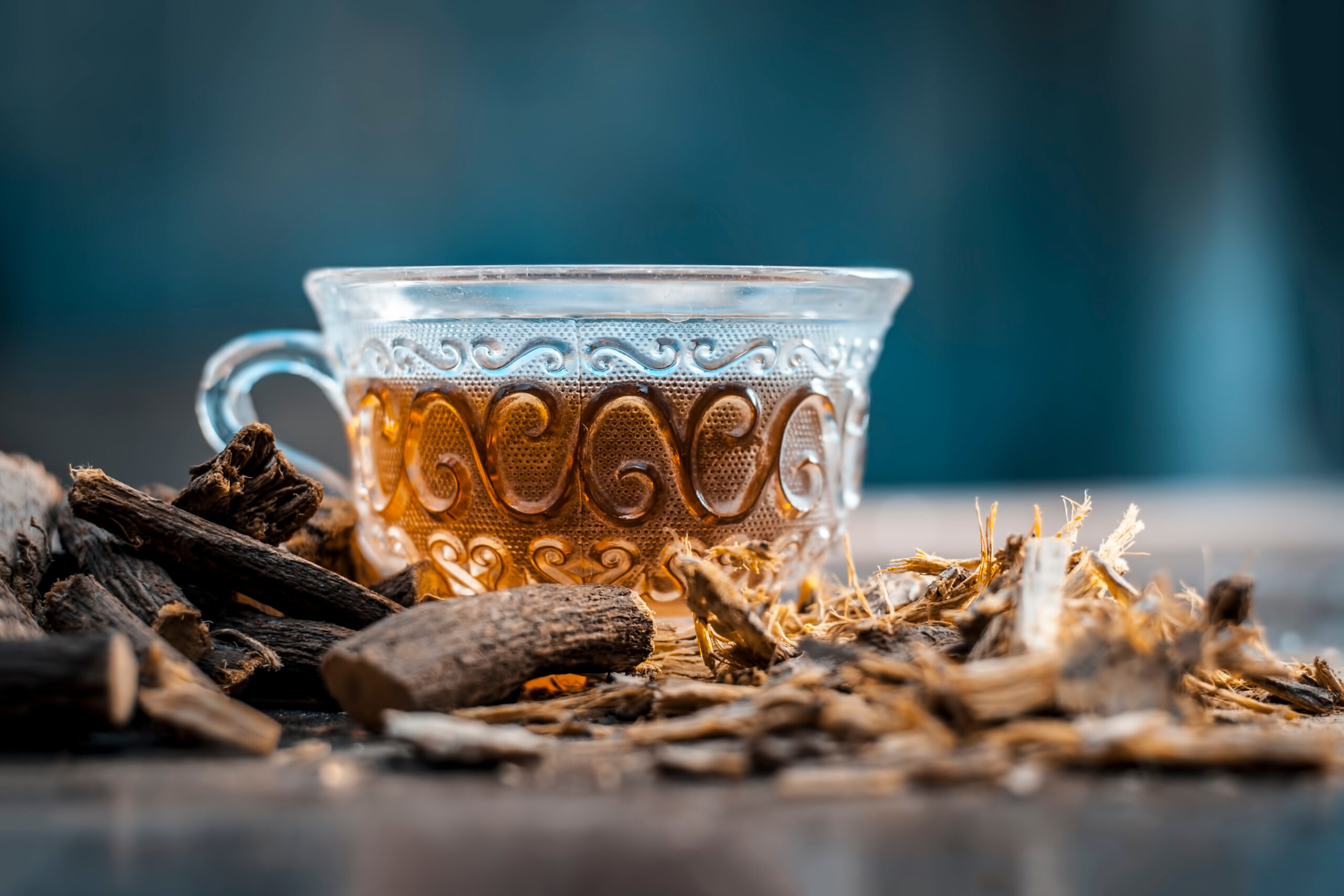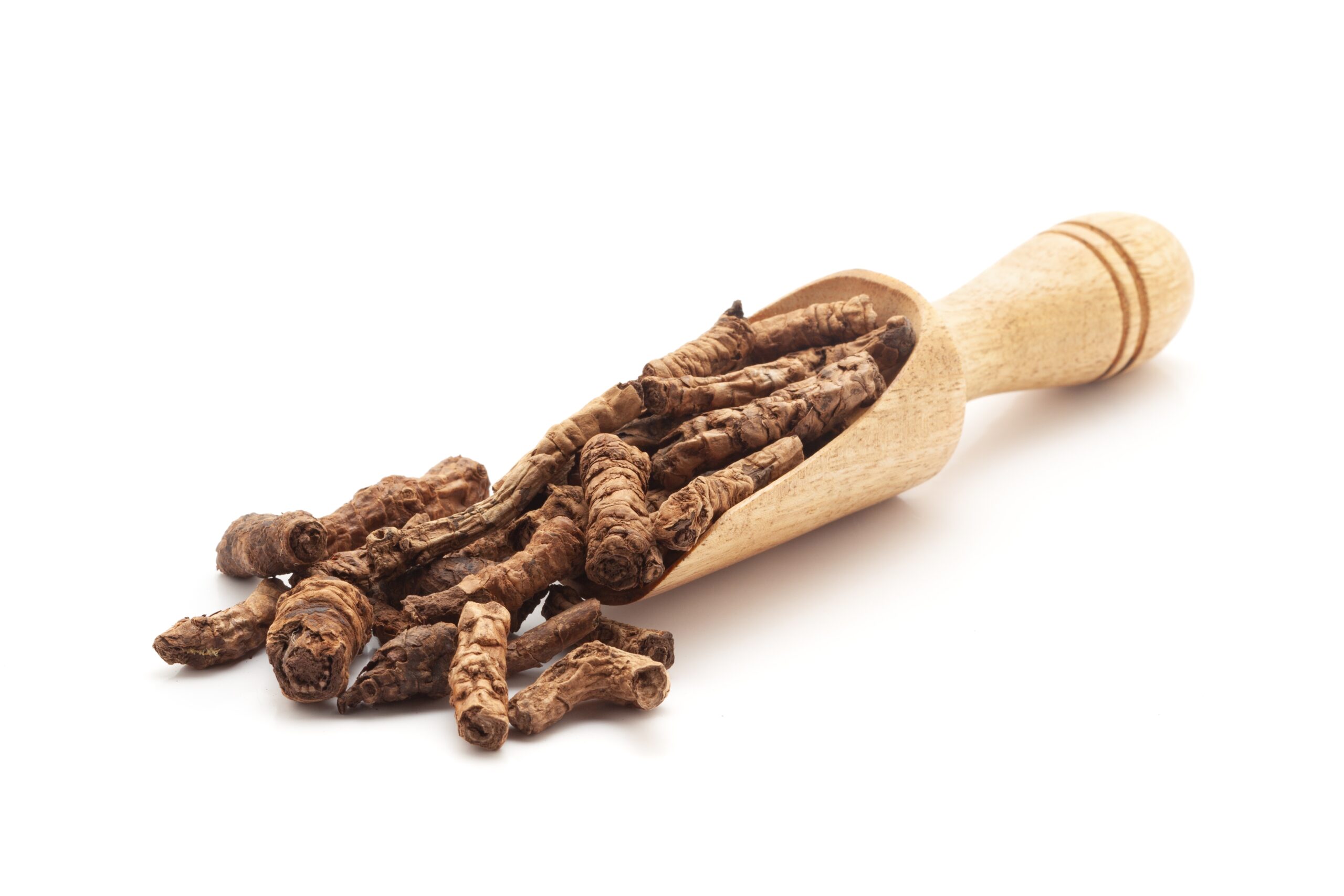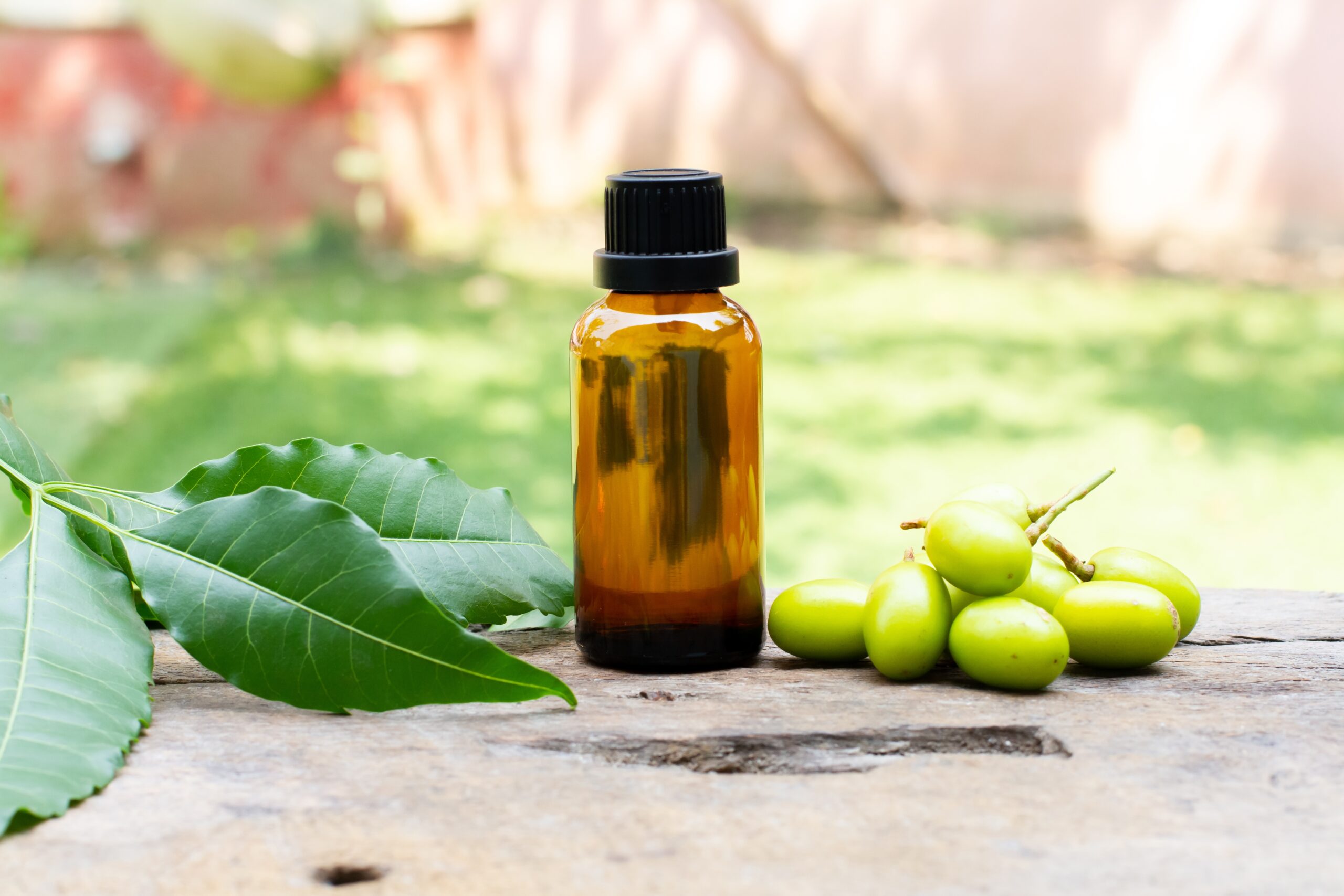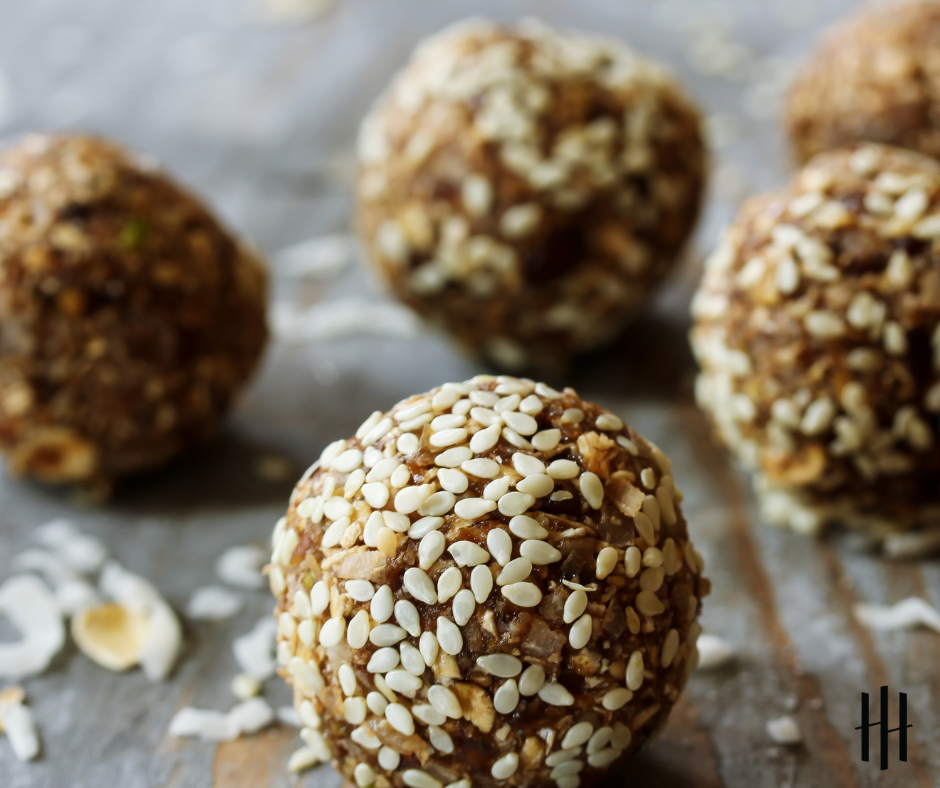Herbs That Heal: Dashamoola: The Ten – Root Herb
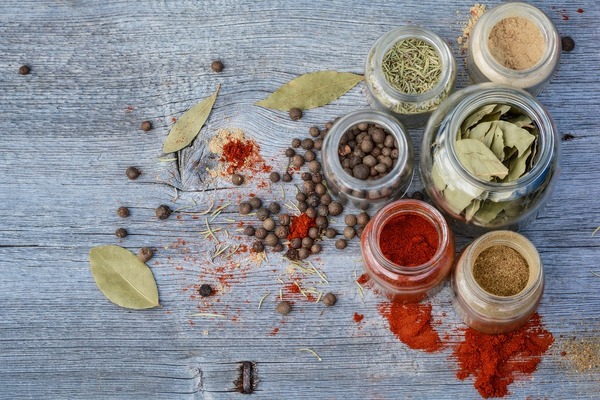
The Benefits of Dashamoola: An Ayurvedic Root Herb
Dashamoola, a combination of ten dried roots, has been widely used as an Ayurvedic medicine due to the amazing health benefits it possesses as a root herb.
It is great for your overall health; from reducing inflammation in the body to relief from migraine pain, this ayurvedic combination can be a great additional herbal formula for your health.
Dashamoola acts as a nourishing muscle tonic to strengthen the body and calm the nerves. Dashamoola also promotes healthy expectoration and respiration while supporting the proper functioning of the lungs.
This potent combination is used in the treatment of health problems related to nerves, bones, muscles, and joints. This ayurvedic formulation possesses anti-inflammatory, antioxidant and analgesic properties (1)
Here’s how it could be beneficial to you.
1. Eases Respiratory Problems
Dashamoola is a tonic for the lungs, helping soothe a dry cough and making it easier for you to breathe thereby preventing the onset of asthma. Dasahmoola also reduces inflammation in the chest and respiratory tract. A herbal ghee known as ghrita using dashamoola is often used in many ayurvedic remedies for treating respiratory problems.
2. Brings Down Intermittent And High Fevers
Dashamoola has antipyretic properties which can break down intermittent and high fever. It may also help you feel better due to its ability to ease fatigue associated with persistent illness. (2)
3. Treats Migraines
If you are suffering from the pain and debilitating effects of migraines or recurrent headaches, the Ayurvedic formulation could help ease symptoms. In one study, dashamoola was used on patients aged 16 to 60 years who had complaints of recurrent headaches, with or without other associated problems like vomiting, nausea, and gastrointestinal symptoms. Nearly 53% of those who were given dashamoola nasya (administration of nasal oil) saw a marked improvement in their symptoms. It eased light sensitivity or photophobia, the heaviness of the eyes, pain around the eyes, sensitivity to sound or phonophobia, acidity in the stomach, and even constipation. (3)
4. Aids Digestion And Relieves Gas
If you are uncomfortable due to gas and bloating in the abdomen, dashamoola can help. It is an effective remedy for bringing relief to your intestines and soothe it. A dashamoola enema could even help you with vata food allergies. These are recognizable by symptoms like bloating in the stomach, gas, a need to burp a lot, a gurgling stomach, pain, and general abdominal discomfort. This herbal tea enema can also treat chronic constipation. (4)
5. Counters Pain, Swelling, And Inflammation Of Arthritis
Dashamoola is used in the treatment of inflammatory disorders due to its analgesic or pain-killing effect and anti-inflammatory properties. It can, for instance, ease the pain and discomfort associated with arthritis. As one animal study found, animals given the remedy (on its own or along with aspirin) experienced much less pain. Inflammation eased as well, with swelling or edema reducing significantly in animals given dashamoola compared to those in the control group. In fact, researchers concluded that the effect of using dashamoola was comparable to that of aspirin, a mainstream modern anti-inflammatory drug with analgesic properties. (5)
6. Eases Menstrual Problems
If you experience painful periods due to menstrual cramps, dashamoola can help. This condition which affects many women is known as dysmenorrhea. In one study, women aged between 15 years and 25 years and suffering from the problem were given a remedy based on dashamoola and saw improvement in their condition.
Dashamoola may also help with premenstrual syndrome involving lower abdominal and lower back pain, anxiety, mood swings, and insomnia. Make a dashamoola tea by steeping half a teaspoon of the powder in hot water for 10 minutes. Drink this herbal tea twice a day, sweetened with honey if you like. (6)
7. Helps Treat Cervical Spondylosis
Ayurveda uses dashamoola as a pain relief remedy and recommends it for treating cervical spondylosis, a degenerative condition caused by aging, poor posture, injury, or even rheumatoid disease. In one study, patients with cervical spondylosis were given vasti, a treatment where warm oil incorporating dashamoola was placed in a well of dough on the back. As a precursor to the treatment, a massage was given using dashamoola oil to the upper back and neck area. Internally, dashamoola decoction or herbal tea was taken twice a day before mealtimes along with other ayurvedic remedies like ashwagandha. The entire treatment eased pain and improved the range of movement as well. (7)
Always consult an Ayurvedic practitioner to get the appropriate dosage and form of dashamoola you should take. The administration of the remedy also depends on your body type as defined by the doshas (vata/pitta/kapha) and on the specific nature of your symptoms. For instance, PMS may present different symptoms if it is a vata-type problem compared to if it is a pitta-type problem. The right diagnosis before treatment will ensure you get the best results from this Ayurvedic herbal gem.
Dashamoola is not right for everyone though – so If you are unsure as to whether Dashamoola is good for you, then let’s talk. Click the button below to find a time that works for you so we can chat about what is best for your health.
In health,
BOOK YOUR COMPLIMENTARY CONSULT TODAY
References:
[1] Pathak, A. K., Awasthi, H. H., & Pandey, A. K. (2015). Use of Dashamoola in Cervical Spondylosis: Past and Present Perspective.
[2] Kulkarni, M. S., Yadav, J. V., & Indulkar, P. P. (2018). A conceptual review of Yavagu kalpana as a functional nutraceutical.Journal of Ayurveda and Holistic Medicine (JAHM),6(4), 78-86.
[3] Vaghela, DB. (2016). A Randomized Clinical Trial on Ardhavabhedak Migraines and It’s Ayurvedic Management. https://www.ijam.co.in/index.php/ijam/article/view/07142016
[4] Malathi, K., Swathi, R., & Sharma, S. V. (2018). Aahara as Aushadha-Reviving the concept of Aushadha Siddha Yavagu.Journal of Ayurveda and Integrated Medical Sciences (ISSN 2456-3110),3(4), 154-157.
[5]Pareker, S., Somesh, B., Padmaja, M., Nirmala, R. (2015). Experimental evaluation of analgesic, anti-inflammatory and anti-platelet potential of Dashamoola. https://www.ncbi.nlm.nih.gov/pmc/articles/PMC4395922/
[6]Karunagoda, K., Shukla, U., Donga, S., Tanna, C. (2010). A comparative study of Dashamoola Taila Matra Basti and Tila Matra Basti in Kashtartava (dysmenorrhea). https://www.ncbi.nlm.nih.gov/pubmed/22131731
[7] Radhika, C., Kumar, G., Mihirjan, K. (2012). A randomized clinical trial to assess the efficacy of Nasya in reducing the signs and symptoms of cervical spondylosis. https://www.ncbi.nlm.nih.gov/pmc/articles/PMC3456869/
